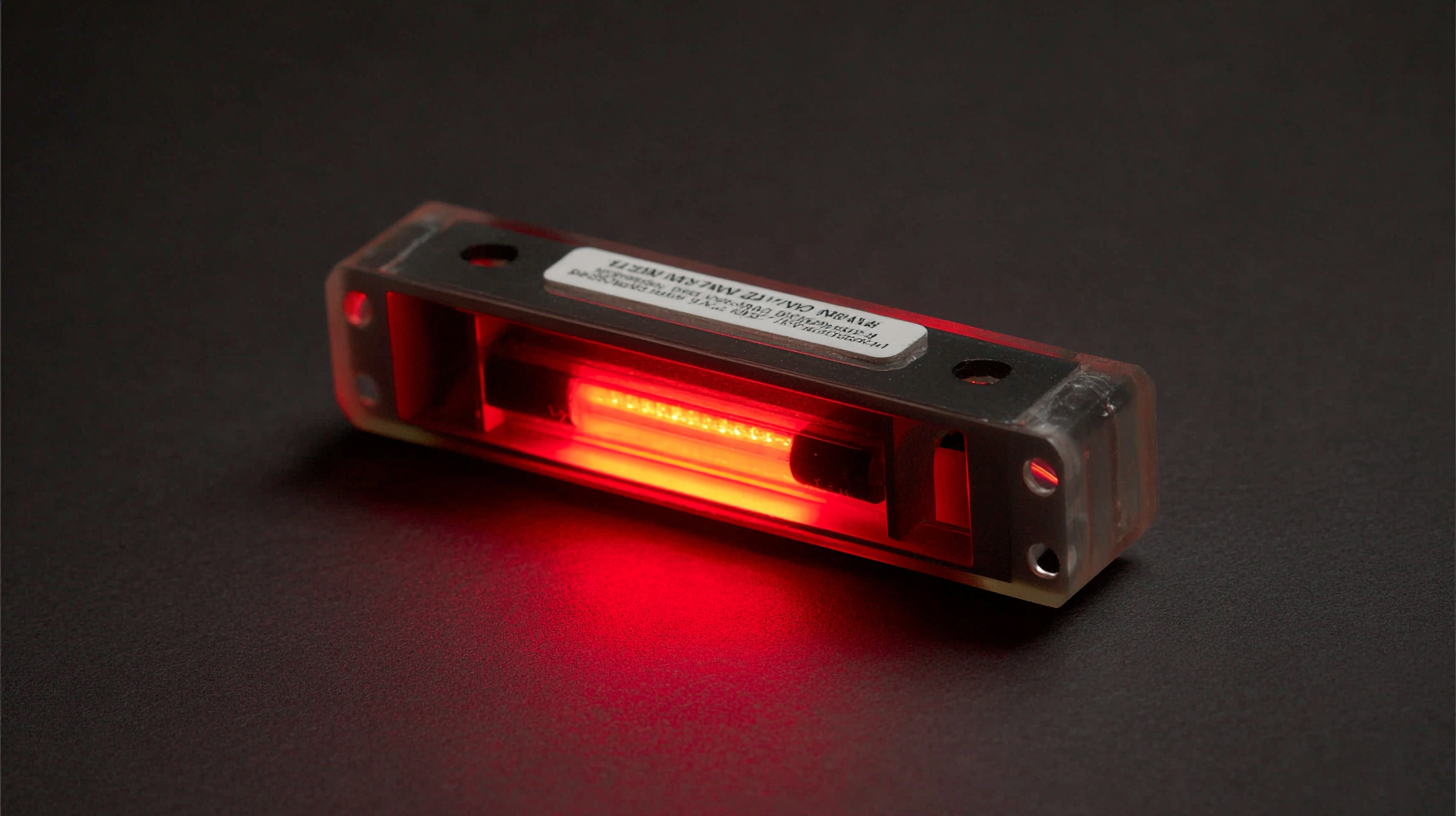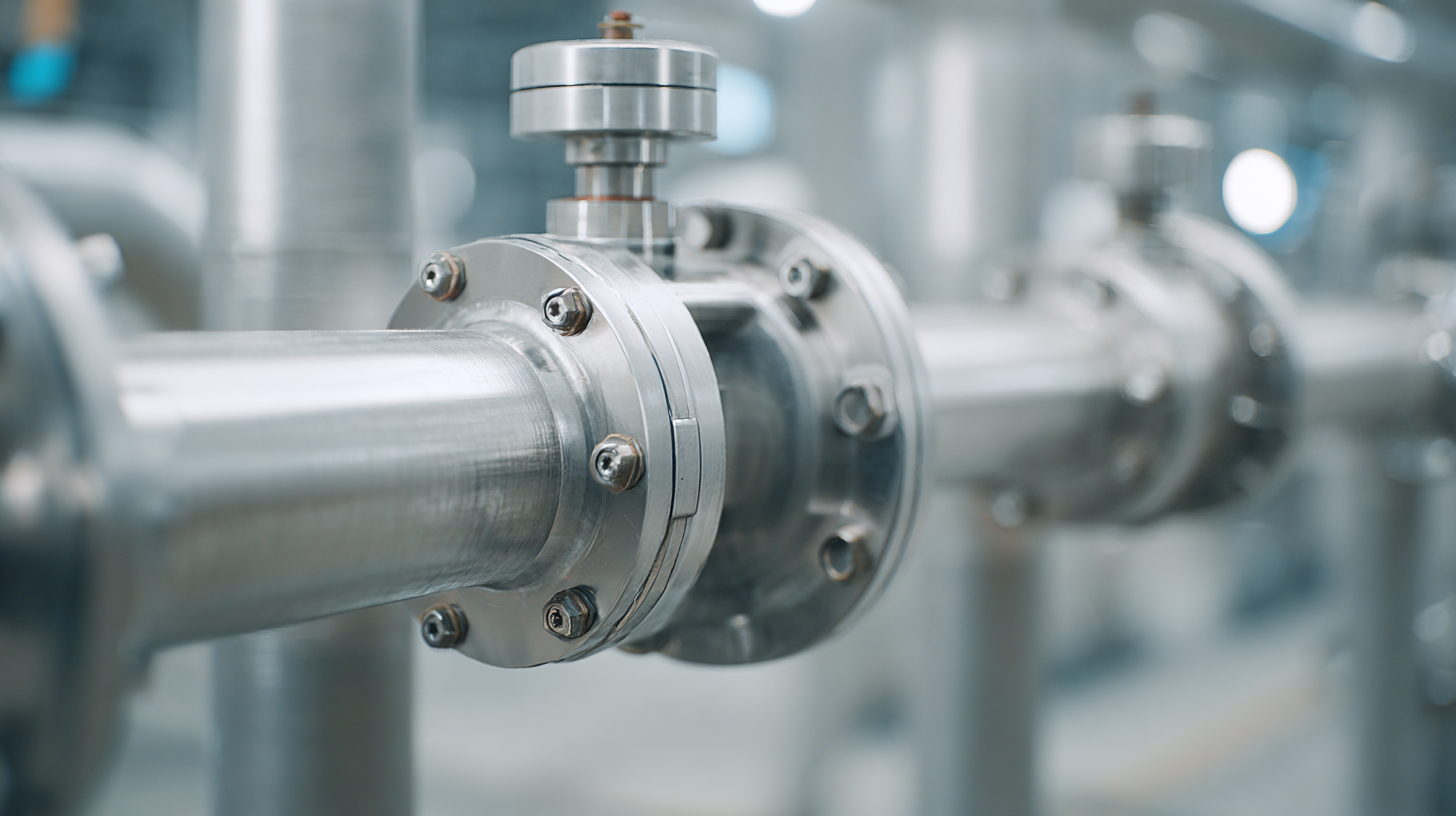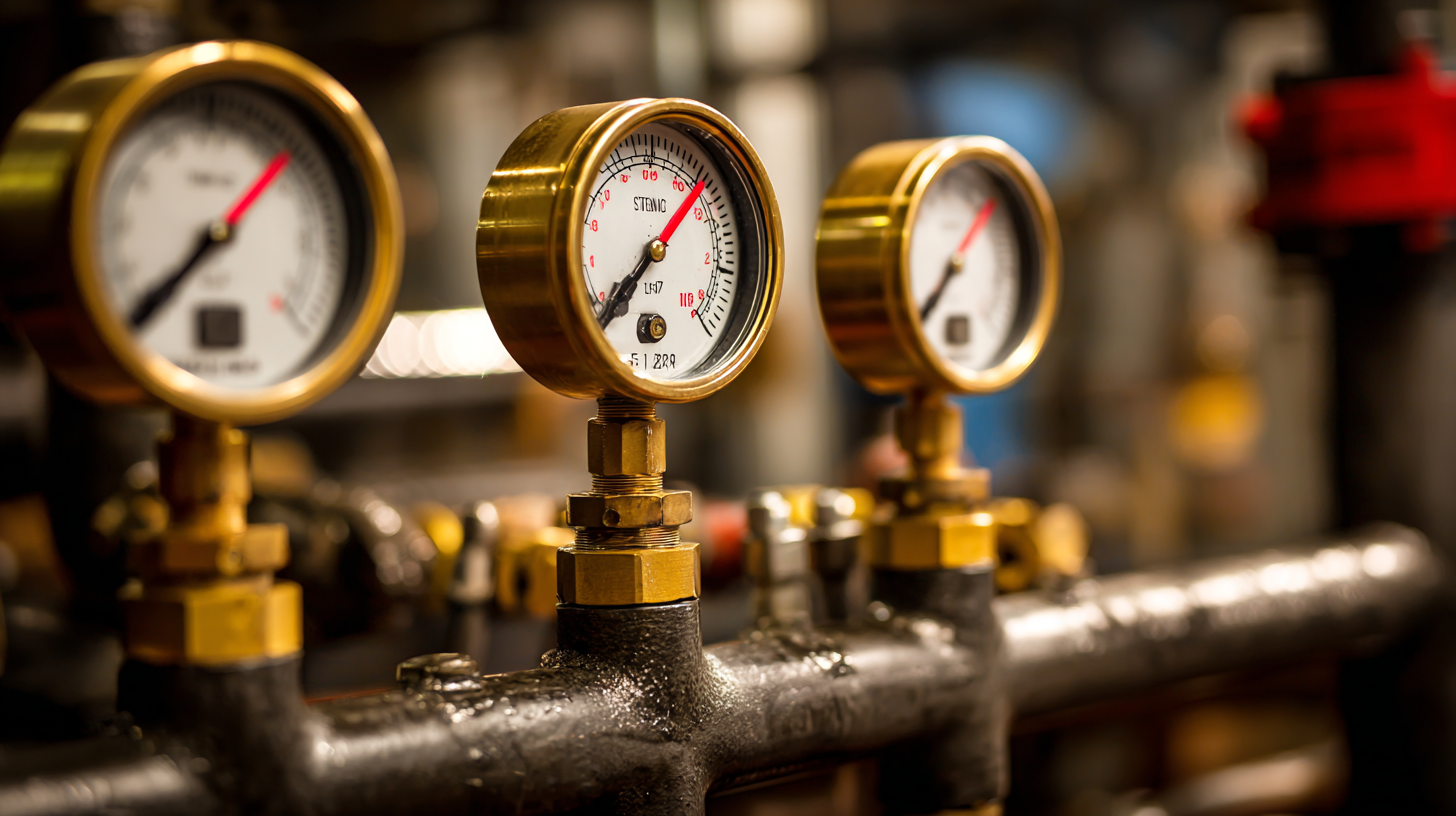
-
Home
-
Product Center
-
Application
-
Support
-
JT Cloud
-
About Us
-
Contact Us
Leave Your Message

In today's rapidly evolving industrial landscape, the importance of precision in measurement cannot be overstated, particularly when it comes to thermal management and processes. At the forefront of this innovation is the Heat Flow Rate Sensor, an essential tool that plays a crucial role in a variety of applications, from automotive engineering to HVAC systems. As global demand for reliable and accurate temperature control grows, understanding the specifications and features of these sensors becomes paramount.

With insights drawn from China's leading manufacturing capabilities, we explore how to choose the right Heat Flow Rate Sensor to meet your specific needs. Whether you are involved in research, product development, or industrial operations, unlocking the potential of these sensors will enhance efficiency and performance in your projects, paving the way for future advancements across various sectors.
Heat flow rate sensors play a vital role in various applications, from climate control systems to industrial processes. Understanding the different types of heat flow rate sensors is crucial for selecting the right one for your specific needs. Common types include thermopile sensors, thin-film sensors, and thermocouples, each having unique operating principles. Thermopile sensors utilize multiple thermocouples to measure temperature differences, offering excellent sensitivity and response time, while thin-film sensors are ideal for compact applications due to their slim design and quick heat response.
When choosing a heat flow rate sensor, consider the specific application requirements. For example, a recent report from the International Energy Agency (IEA) highlighted that accurate heat measurement can enhance efficiency in heating systems by up to 15%. To maximize accuracy, ensure that the sensor's range and accuracy specifications align with your application's temperature gradients.
**Tips**: Always check the sensor's calibration data and ensure it meets the regulatory standards specific to your industry. Additionally, prioritize sensors that offer robust data output options, as these can enhance integration with control systems. Another key consideration is the sensor's environmental durability, especially in industrial applications where exposure to harsh conditions is common.
When selecting a heat flow rate sensor, several key specifications must be considered to ensure optimal performance for your specific application. Firstly, accuracy and range are critical; a sensor should provide reliable measurements across the temperature ranges pertinent to your project. High precision is essential, particularly in scientific research or industrial processes where small deviations can lead to significant issues. Additionally, consider the sensor's response time, as different applications may require varying levels of sensitivity to changes in temperature.
Another important specification is the sensor type, including thermoelectric, semiconductive, or resistive sensors. Each type has its advantages and trade-offs, influencing factors like stability, sensitivity, and thermal lag. Furthermore, compatibility with existing systems and the ease of installation should not be overlooked. Ensure the sensor's output signals can easily integrate with your data acquisition system. Investing in the right heat flow rate sensor not only enhances accuracy but also streamlines your workflow, ultimately contributing to more reliable outcomes in your projects.
When selecting a heat flow rate sensor, assessing accuracy and reliability is crucial. Accuracy refers to how close a measured value is to the true value, while reliability relates to the sensor’s ability to consistently provide accurate readings over time. To evaluate these factors, consider the sensor's calibration process—frequent and precise calibration enhances accuracy. Look for sensors that comply with industry standards, as these often undergo rigorous testing to ensure performance.
Another important aspect is the sensor's response time. A quick response time allows for real-time monitoring, which is essential in applications where temperature fluctuations can significantly impact results. Additionally, durability plays a significant role in reliability; choosing a sensor that can withstand the specific operating conditions, such as extreme temperatures or high humidity, will ensure long-term performance. Furthermore, reading user reviews and vendor reputation can provide insights into the sensor's real-world reliability and accuracy, helping you make an informed decision tailored to your needs.

 Proper installation and calibration of heat flow rate sensors are crucial for ensuring accurate measurements and optimal performance. According to the International Society for Optical Engineering, improper installation can lead to errors exceeding 25% in heat flow measurements, which can significantly impact system efficiency. When installing these sensors, it’s essential to consider factors such as orientation, mounting surface, and ambient temperature conditions. Ideally, sensors should be placed in an area that is representative of the thermal environment to avoid skewed data due to localized influences.
Proper installation and calibration of heat flow rate sensors are crucial for ensuring accurate measurements and optimal performance. According to the International Society for Optical Engineering, improper installation can lead to errors exceeding 25% in heat flow measurements, which can significantly impact system efficiency. When installing these sensors, it’s essential to consider factors such as orientation, mounting surface, and ambient temperature conditions. Ideally, sensors should be placed in an area that is representative of the thermal environment to avoid skewed data due to localized influences.
Calibration is another key aspect that affects sensor reliability. The National Institute of Standards and Technology recommends calibrating heat flow rate sensors at least once a year or after any significant changes to the measurement environment. Each sensor should undergo a standardized calibration process, typically utilizing controlled thermal sources to establish a precise baseline. For instance, using a calibrated heat source can reduce measurement variances and align sensor output with expected values, ensuring data integrity.
By following these guidelines, users can achieve enhanced precision in their thermal measurements and extend the utility of their heat flow rate sensors.
Troubleshooting common issues with heat flow rate sensors can significantly enhance their performance and lifespan. One common problem users face is inaccurate readings, often caused by sensor placement or environmental factors. Ensuring that the sensor is correctly positioned in the heat flow path is crucial. Additionally, check the calibration of the sensor, as improper calibration can lead to drift in measurements over time. Regular maintenance and recalibration are essential to maintain accuracy, especially in dynamic environments.
Another issue to consider is sensor compatibility with the materials being measured. Certain sensors may not perform well with corrosive or high-viscosity fluids, which can lead to breakdowns or inaccurate data. It is vital to select a sensor compatible with your specific application to avoid potential malfunctions. If you encounter fluctuations in readings, examine your insulation and sealing, as heat leaks can skew results. By addressing these common problems proactively, you can ensure optimal performance of heat flow rate sensors and maintain reliable data for your projects.